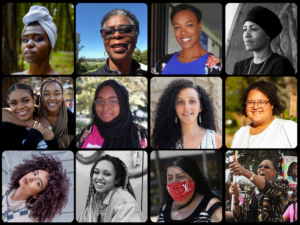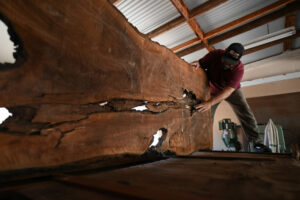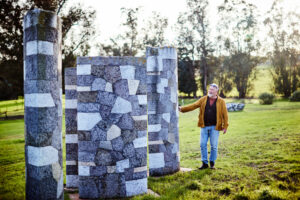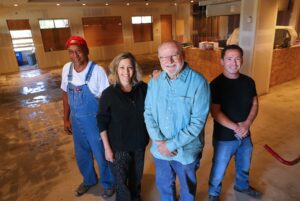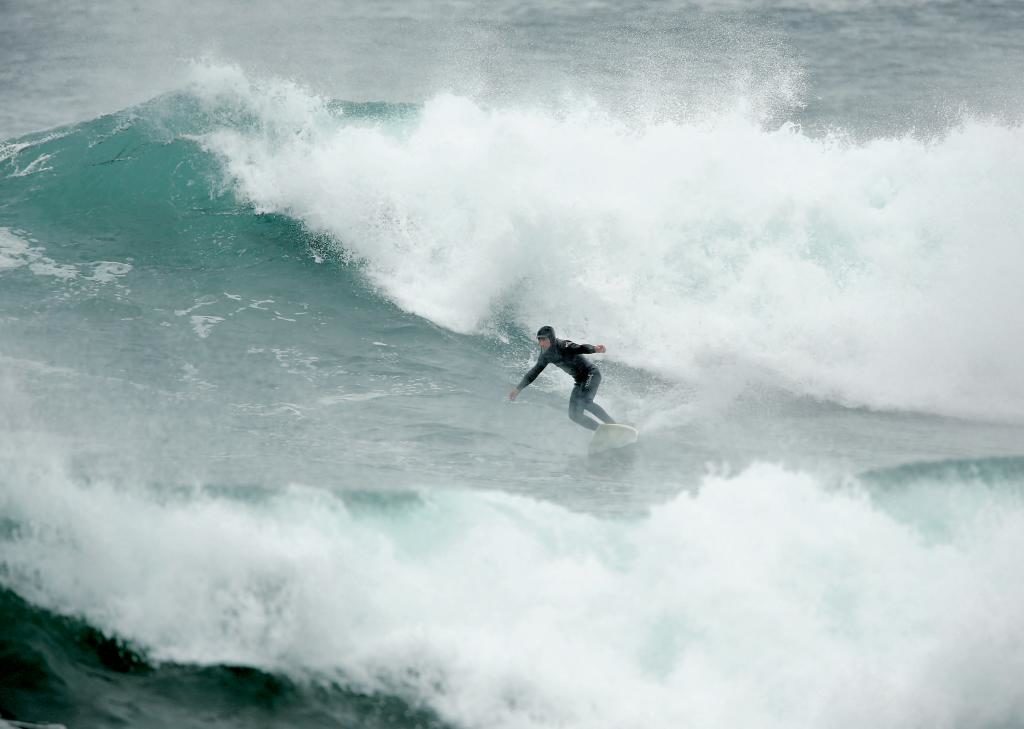It’s still dark, well before 7 a.m., when Bob Miller sends this text: “waiting for a call from a dude that will give a heads-up on a certain spot and then I might go there.”
Like most surfers along the North Coast, his choice surfing spots are well-guarded secrets. That’s why it’s no surprise when Miller doesn’t name the spot or offer an invitation to tag along.
The day before, the National Weather Service issued a beach hazard alert warning of waves between 7 and 10 feet and breaking around 17 seconds apart along the coast from Sonoma to Monterey counties.
The night before, TV weather forecasters warned of sleeper waves and nasty rip currents. “Don’t turn your back to the ocean,” is the mantra.
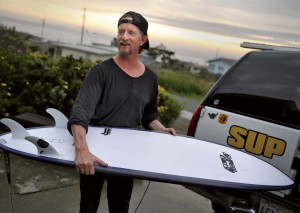
There’s no need for a reality check. This is not the Banzai Pipeline on the North Shore of Oahu. Or Huntington Beach. Or even the giants of Mavericks down by Half Moon Bay. This is the craggy, unsung North Coast around Bodega Bay, ravaged by unpredictable waves that pound relentlessly one day and turn to glass the next.
World champion Kelly Slater doesn’t drop by often. And there aren’t a lot of sponsorship opportunities.
Still, the hearty, grizzled, cold-wave surfers who return day after day, week after week, are more than a little stoked about the way the week is shaping up. Morning surf reports on Surf Line and Magic Seaweed websites project swells of 7 to 10 feet at Salmon Creek Beach, the most popular surf spot in Sonoma. But the parking lot is empty at sunrise, except for a couple cooking breakfast on a hibachi. A state parks lifeguard swings through in his truck and, seeing no surfers on the water, heads north on Highway 1.
A half-hour later, Miller, 46, who owns Bob’s Surf Shack in Bodega Bay, texts a sunrise photo of the wave break near his house at Carmet Beach. It’s followed by a text that reports: “other spot got report tide is killing it.”
When we finally catch up in the Doran Beach parking lot, he’s given up the chase, resigned to waves smaller than expected.
“There are other guys on that hunt to grasp that full-on power right now,” he said. “So as I’m driving over here, I’m passing guys who want the bison and not just the squirrels.”
Because of the angle of approaching winds against the wave break, it’s “becoming a little crummier and funkier” at Salmon Creek, Miller said. On the other hand, Doran can take a 10-foot swell and turn it into a “fun 4- to 5-foot wave and right now, in time, that’s nice and comfortable and I can do it in an hour or an hour and a half,” he said. “There are guys north of here who might be staring out at the water and spending an hour analyzing and then going out and spending two to three hours in the water just to catch the one to two fat waves.”
As more cars and trucks pull into the parking lot, each person stops to ask, “Hey, Bob, how’s it looking so far?”
Already out on the water is the most prolific surfer the North Coast has ever seen: 65-year-old Dale Webster, the Cal Ripken of the surfing world. He’s been surfing every day since 1975; Dec. 31, 2013, marked 14,000 consecutive days on the water for Webster, catching at least three waves a day.
Known as the “Daily Wavester,” he holds the Guinness World Record for most consecutive surfing days, and he’s been featured in myriad magazines, from Surfer to Sports Illustrated.
But today he’s admittedly not in a good mood. He’s had a rough weekend sharing waves with “kids who show up with these imported surfboards from China that they buy for $100 at Costco,” he said.
And don’t get him started on stand-up paddleboarders who “charge a sport on their credit card.”
Doran is the beach where, on gnarly days that were way too rough to surf anywhere else, Webster sought refuge and extended his record. Without Doran, there would likely be no record and no “Daily Wavester.” Now he’s a little bitter about how things have changed over the years.
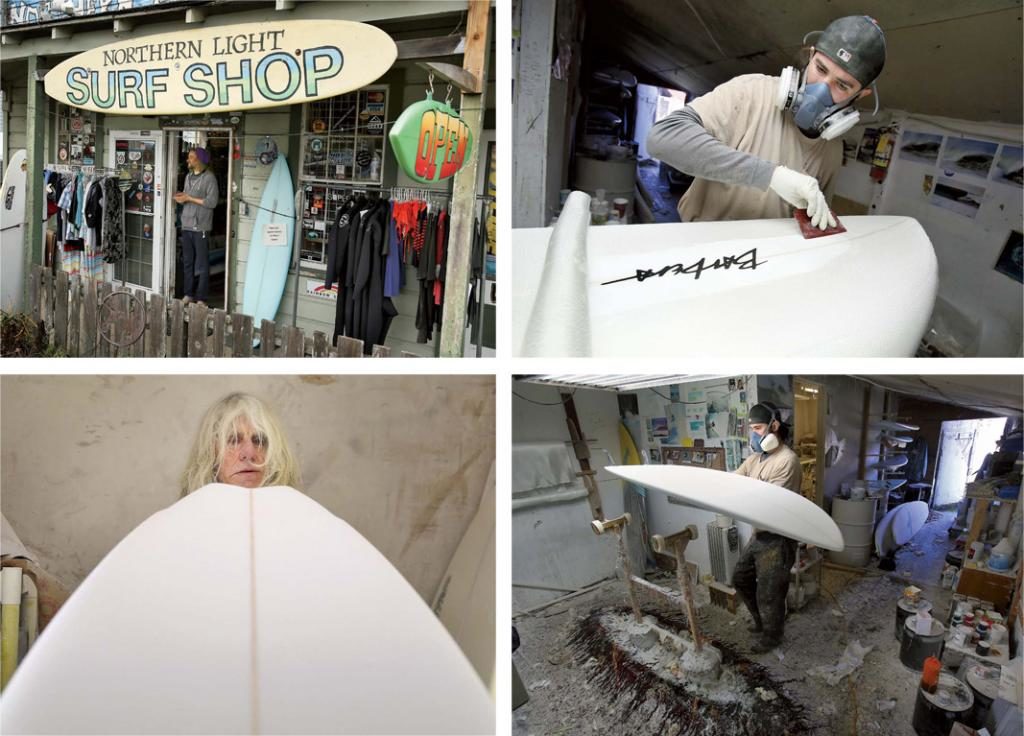
“In the ’70s, if you acted up, you got called out on it,” Webster said. “Now in the age of political correctness, nobody can comment on somebody being out there on a surfboard they bought at Costco for $100. Now they’re surfers, too, and you can’t tell them what to do because they have a surfboard.”
All over the world, from Southern California to Australia, surfing has always been a territorial sport. When “Locals Only” signs didn’t do the trick, surf gangs with names like Bra Boys, Da Hui and Bird Rock Bandits would physically enforce the code. In the surf documentary, “Down the Barrel,” one surfer paddles up to another and punches him in the face for surfing where he’s not supposed to be. While not quite as confrontational, the same territorial resistance exists on the North Coast.
Headed out to join Webster on the water is Heath Lesik, a 32-year-old Windsor firefighter who lives in Bodega Bay. He caught his first wave at age 9 at Doran Beach, learning from his dad, Mike, who grew up surfing in San Diego.
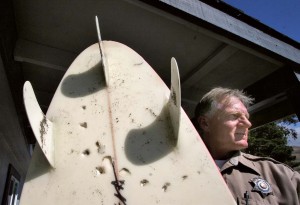
Addicted to the rush ever since, Lesik describes surfing the North Coast, from Marin to Mendocino and beyond, as “a love-hate relationship. Sometimes you go two weeks without surfing and you can’t wait to get out on the water again, and other days you’re putting your wetsuit on and there’s frost on the beach and you’re thinking, ‘Why am I doing this?’”
He openly admitted, “I know it sounds selfish, but things have changed and you see a lot more people coming out and a lot more competition for every wave.”
In a sparsely populated region like Bodega Bay, it’s common to get surfers commuting several hours from inland towns, and they’re often seen as poachers with no respect for locals.
“It’s funny, you’ll hear guys claim that Salmon Creek is their local break, but they live like 45 minutes away in Santa Rosa,” said Megan Halavais, 28, one of only a handful of women who surf regularly here. In 2005, she was attacked by a 14-foot great white shark while surfing at Salmon Creek, suffering wounds to her right leg. It took about a month until she got back in the water on her board, she said, but it took years until the trauma “faded into the back of my mind and now it’s not the biggest thing I’m worried about.”
Like Lesik, she estimates there are 50 hardcore surfers who get out three to four times a week or more. They do it for the obvious adrenaline rush and thrill ride, but what keeps many coming back is the constancy. Amid all the variables that may change in their lives, the ocean is always waiting for them, another set of waves rolling in, each one a bigger challenge than the last. As Webster said, “I’ll keep doing this until I can’t do it anymore.”
Halavais has seen changes in surfer attitude over the years.
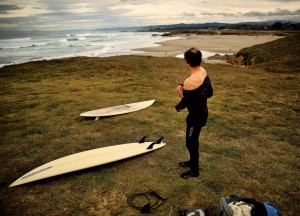
“When I first started, there was a crew of these old guys who were super local and really aggro and nowadays all those guys have really mellowed out and they have families and are just out there to have fun,” she said. “So it has softened up a bit, but there have been so many swarms of more surfers on this coast that it’s coming back to that aggressiveness on the water.”
Unwritten rules of surfing etiquette amount to basic common sense, like not cutting someone off on a wave, respecting the people who were out there before you, getting out of the way of another surfer and honoring a general wave rotation where you share and take your turn.
“And at spots that aren’t as obvious as Salmon Creek and are more remote, you don’t just paddle out there to a group of guys and act like you own the place,” Lesik explained. “It takes awhile until you get that respect and you’re not treated like a tourist.”
But no matter if you were born and raised in Bodega Bay or you drive from Vacaville to surf, one thing everyone agrees on is you can never predict what’s going to happen on the unruly North Coast.
“Just when you think you’ve got it made, Mother Nature can shut you down,” Lesik said.
A surfer and a state parks lifeguard, Nate Buck, 33, estimates he’s rescued about a dozen surfers from peril since he moved from San Diego to Bodega Bay in 2000.
“The conditions can change very quickly and this coastline is more exposed to the raw power of the ocean,” he said. “It’s a lot more raw and rugged compared to Southern California.”
And then there’s the cold. The average June water temperature at Newport Beach is 66 degrees; Bodega Bay is typically 15 degrees colder, a chilly 51 degrees that month.
His advice to beginning surfers is to know your limits and not panic.
“If you see that there’s nobody out in the water when you’re going out,” he added, “there’s probably a reason for that.”
For Halavais, the dicey North Coast has become a litmus test and a proving ground for any surfer:
“I always say if you can surf our coast, because it is such a fickle place, and you’re able to surf our coast well, then really you can surf anywhere and be a confident surfer.”



